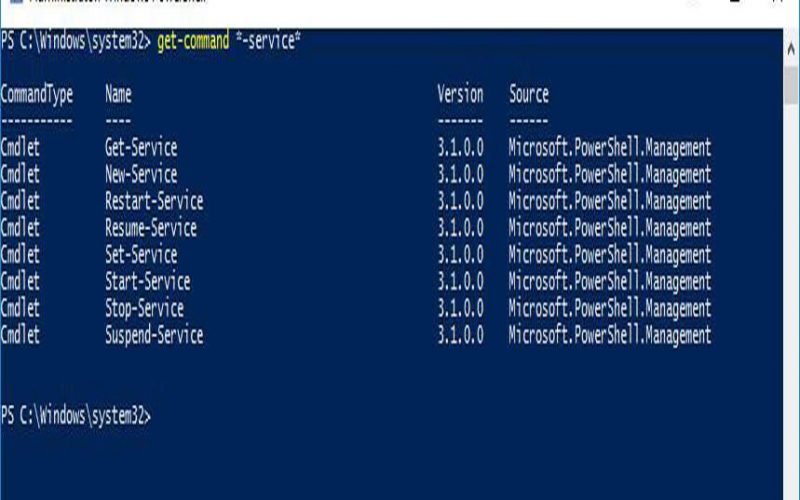Enabling PowerShell remoting allows you to manage remote computers using PowerShell commands. To enable PowerShell remoting, you can follow these steps:
- Open an elevated PowerShell session: Launch PowerShell as an administrator by right-clicking on the PowerShell icon and selecting “Run as administrator”.
- Check the current remoting configuration: Use the
Get-ExecutionPolicycommand to check the current execution policy. The execution policy should be set to “RemoteSigned” or “Unrestricted” to allow PowerShell remoting. If it is set to a more restricted policy, such as “Restricted” or “AllSigned”, you need to change it by running the following command:
Set-ExecutionPolicy RemoteSignedYou may need to confirm the change by typing “Y” and pressing Enter.
- Configure the WinRM service: PowerShell remoting relies on the WinRM (Windows Remote Management) service. Use the
Enable-PSRemotingcommand to configure the WinRM service and enable remoting. This command sets up the necessary firewall rules and creates a listener for incoming remote connections.
Enable-PSRemoting -ForceThe -Force parameter is used to suppress any prompts during the configuration process.
- Start the WinRM service: Use the
Start-Servicecommand to start the WinRM service if it is not already running:
Start-Service WinRM- Verify the remoting configuration: Use the
Test-WSMancommand to confirm that remoting is enabled and functioning properly. If the WinRM service is properly configured and running, the output should indicate that the WSMan service is accessible.
Test-WSManIf the command displays an error, double-check the remoting configuration and the status of the WinRM service.
Once you have enabled PowerShell remoting on a computer, you can use commands like Enter-PSSession or Invoke-Command to establish remote connections and manage the remote computer.
Enabling PowerShell remoting allows you to manage remote computers and execute commands on them using PowerShell. PowerShell remoting relies on the Windows Remote Management (WinRM) service, which allows communication between computers over a network. Here’s how you can enable PowerShell remoting:
Open PowerShell as Administrator:
To enable PowerShell remoting, you need to run PowerShell with administrative privileges. Right-click on the PowerShell icon and select “Run as administrator.”
Check WinRM Configuration:
Run the following command to check the current configuration of the WinRM service:
Get-Service WinRM
If the service is not running, you can start it by running:`powershell
Start-Service WinRM
Configure WinRM:
Use the Enable-PSRemoting cmdlet to configure WinRM for PowerShell remoting. This cmdlet performs the necessary configuration steps, including setting up listeners and firewall rules. Run the following command:
powershell
Copy
Enable-PSRemoting -ForceThe -Force parameter automatically answers “Yes” to any prompts during the configuration process.
Configure Firewall:
PowerShell remoting requires opening the appropriate ports in the Windows Firewall. The Enable-PSRemoting cmdlet from the previous step should have already added the necessary rules. However, if you’re using a third-party firewall, you may need to manually configure it to allow incoming connections on port 5985 (HTTP) and/or port 5986 (HTTPS).
Test Remoting:
After enabling remoting, it’s a good practice to test the connectivity. Run the following command to test if you can connect to the local computer remotely:
Enter-PSSession -ComputerName localhost
If the connection is successful, you will see a new PowerShell prompt indicating that you are connected to the local computer. You can exit the remote session by typing `Exit-PSSession`.
To connect to a remote computer, replace `localhost` with the name or IP address of the target computer:`powershell
Enter-PSSession -ComputerName RemoteComputerName
“`
Note: The remote computer must have PowerShell remoting enabled and reachable over the network.
By following these steps, you can enable PowerShell remoting and start managing remote computers using PowerShell. Remoting provides a powerful way to execute commands, run scripts, and manage systems across your network.
It’s important to note that enabling PowerShell remoting may have security implications. Ensure that you have proper security measures in place, such as strong authentication and secure network configurations, to protect your systems when using PowerShell remoting.
